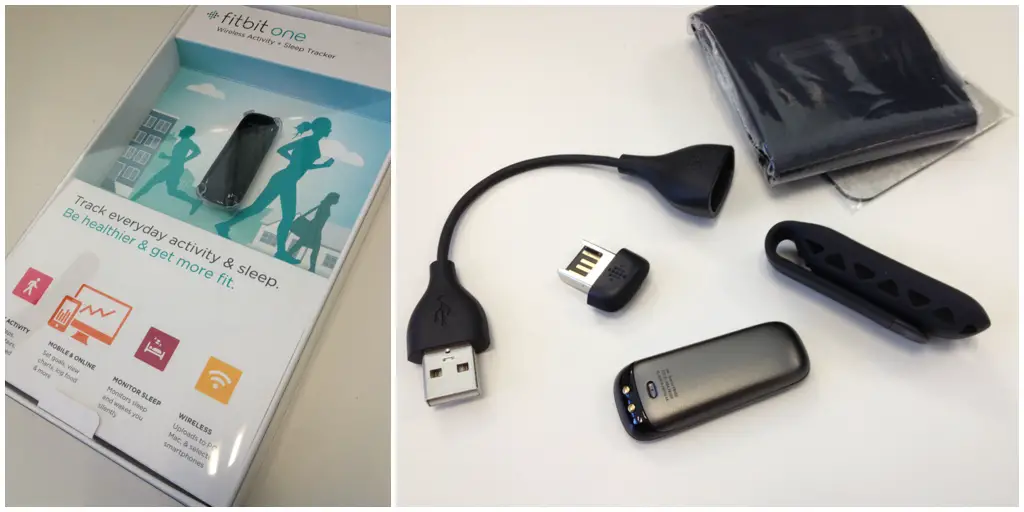If you’re trying to figure out how to change time on Fitbit One, this article will guide you through understanding your Fitbit One’s capabilities and how to manage its settings effectively.

How to Change Time on Fitbit One
Many users look for ways to adjust their device settings to better match their lifestyle. However, it’s important to note that the Fitbit One does not have a display for time or other smartwatch-like functionalities. Instead, it focuses purely on fitness and sleep tracking.
Therefore, if you’re wondering how to change time on Fitbit One, the answer is you can’t. Nevertheless, this device has some amazing features that require accurate time to function. How does it do this since one can’t change the time you might wonder? Well, keep reading to find out.
Understanding Fitbit One’s Features
The Fitbit One is a small, clip-on device designed for tracking various health and fitness metrics. It stands out for its simplicity and efficiency in monitoring basic activities. Here’s a closer look at its key features:
Step Tracking: The Fitbit One uses a 3-axis accelerometer to track your steps throughout the day. This helps in monitoring your overall physical activity levels.
Distance Measurement: By tracking your steps, the device calculates the approximate distance you’ve traveled each day, giving you insights into your mobility.
Calorie Burn Tracking: Based on your activity levels and personal profile (like weight and height), the Fitbit One estimates the number of calories you burn daily.
Floor Climbing: It includes an altimeter that measures when you climb stairs or steep inclines, adding another dimension to your activity tracking.
Sleep Monitoring: When worn at night, it tracks your sleep patterns, providing data on sleep duration and quality.
Silent Alarm: It has a vibration feature that can be set as a silent alarm, offering a gentle wake-up without disturbing others.
Syncing Time with Your Device
While you cannot manually adjust the time on your Fitbit One, syncing it with a primary device ensures that all recorded data is in line with the current time. The Fitbit One relies on the time set on your smartphone, tablet, or computer to organize and timestamp your activity data.
Check out this Cricket Wireless Moto G Stylus 2023 smartphone available at Walmart.
To sync your device:
Bring your Fitbit One into close proximity with the device it’s connected to. This proximity helps in establishing a strong Bluetooth connection, which is necessary for syncing.
Open the Fitbit app on your smartphone or the Fitbit Connect software on your computer. Your device should recognize the Fitbit One once the app is open.
Locate and select the ‘Sync Now’ option in the app or software. This will start the synchronization process. Once syncing is complete, your Fitbit One will reflect the time and date settings of your primary device.
Remember, the Fitbit One updates its internal clock during each sync, making it essential to sync regularly, especially if you change time zones.
Troubleshooting Sync Issues
If you’re having trouble syncing your Fitbit One, here are more detailed steps to resolve common issues:
Check Bluetooth: Ensure that Bluetooth is active on your phone or computer. If it’s off, turn it on and try syncing again.
Restart Fitbit One: To restart, attach it to its charging cable. Quickly press the button on the cable three times within eight seconds. After the third press, wait a moment, and then remove the device from the charging cable. This soft reset can often fix minor connectivity issues.
Update Fitbit App: Check for any available updates for your Fitbit app. An outdated app can lead to syncing problems. Updating might introduce new features or bug fixes that can improve connectivity.
Reinstall Fitbit App: If updating doesn’t work, try uninstalling and then reinstalling the Fitbit app. This can clear out any corrupted data that might be causing issues.
Check Device Compatibility: Ensure that your smartphone or computer is compatible with the Fitbit One. Some older devices might not support the latest version of the Fitbit app.
Alternative Ways to Track Time
Since the Fitbit One does not display time, you’ll need an alternative way to keep track of it during your day. Here are a few suggestions:
Use Your Smartphone: Most people carry their smartphones throughout the day. Using your phone’s clock feature is a convenient way to keep track of time.
Wear a Traditional Watch: Pairing your Fitbit One with a classic wristwatch can be an effective way to monitor both your fitness and the time.
You can get this OLEVS Men’s Watch from Walmart.
Desktop or Wall Clocks: At home or in the office, having a clock in your environment can help you keep track of time without needing additional gadgets.
While the Fitbit One is limited in its time-display capabilities, its focus on fitness tracking makes it a valuable tool. Combining it with another time-telling method can help you stay on schedule and track your fitness goals effectively.